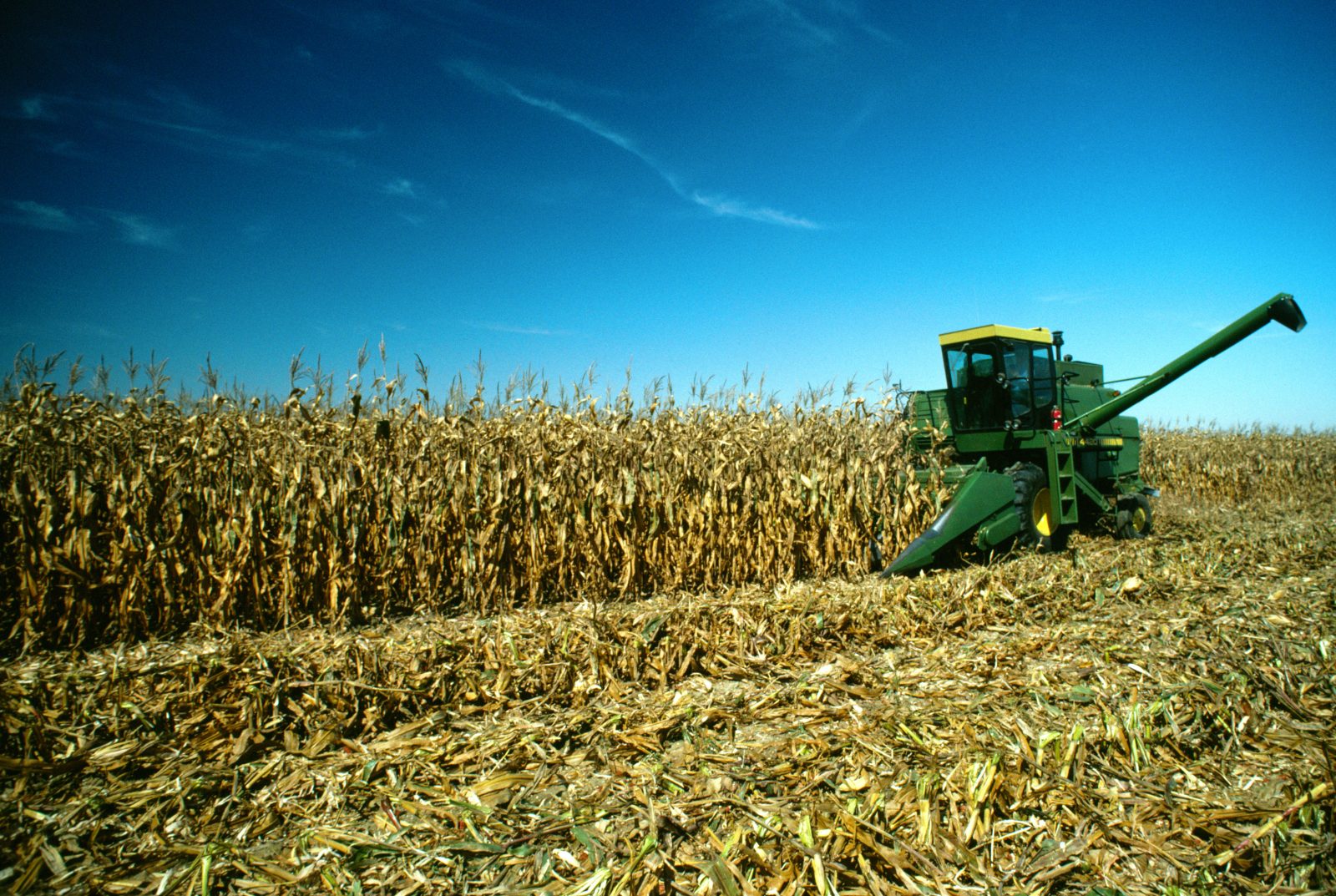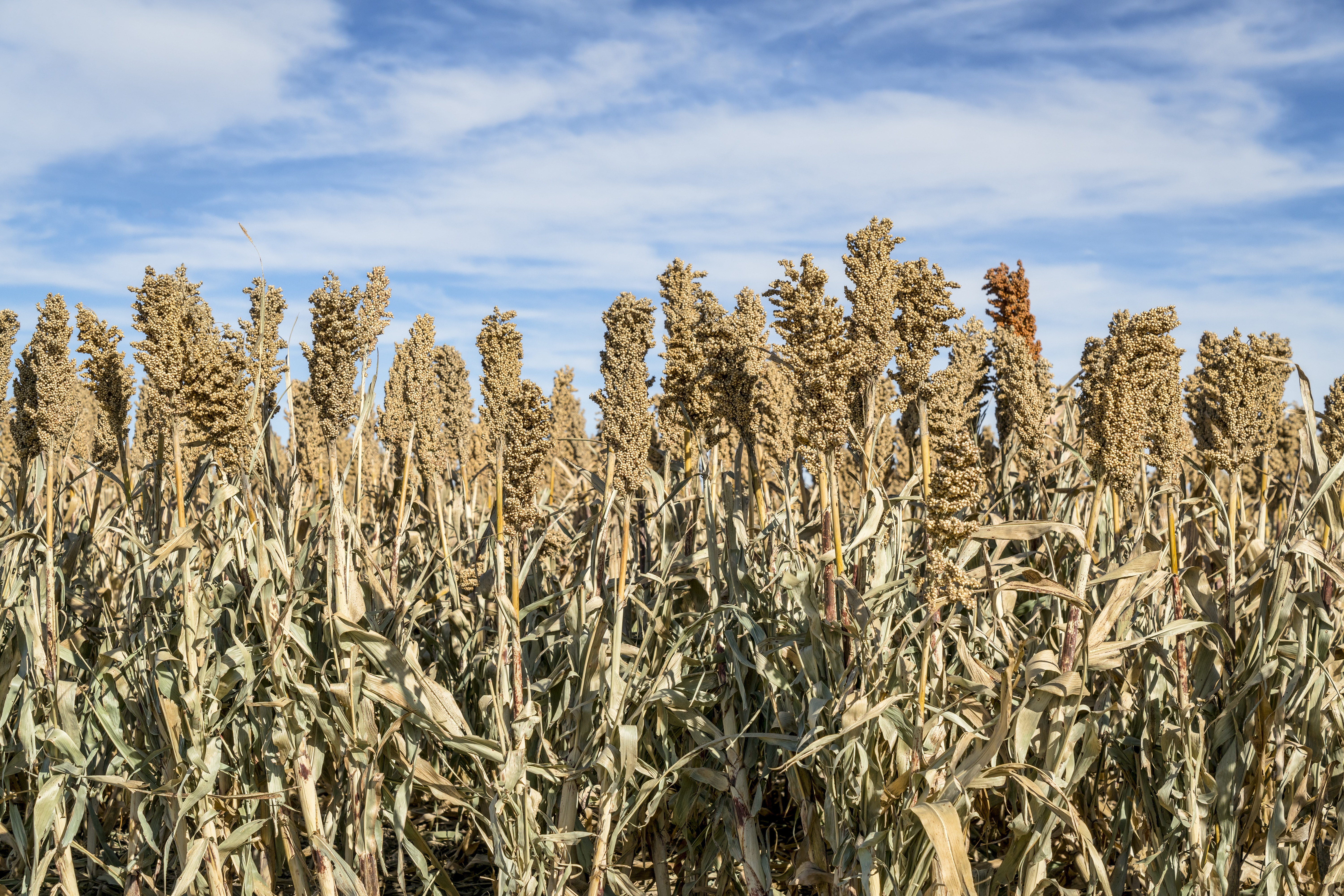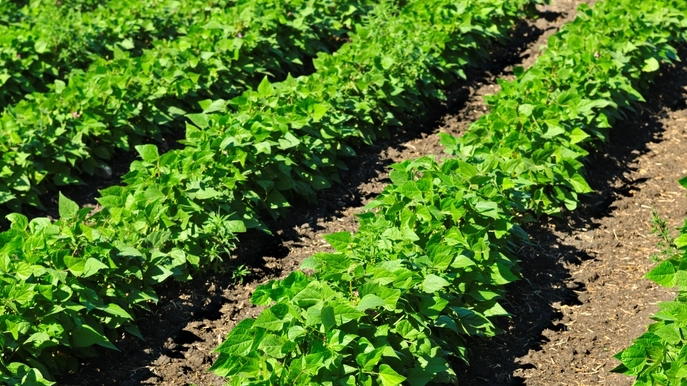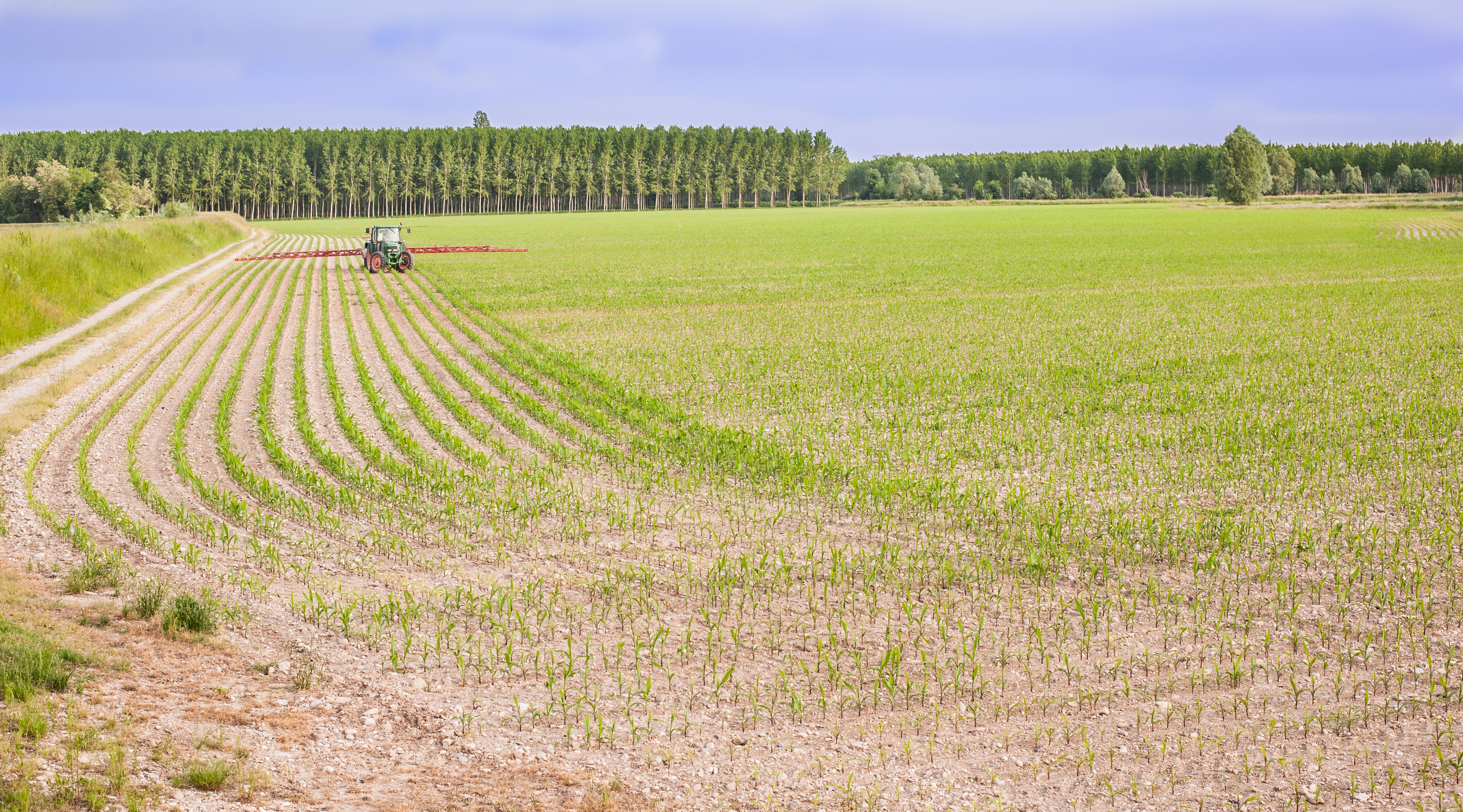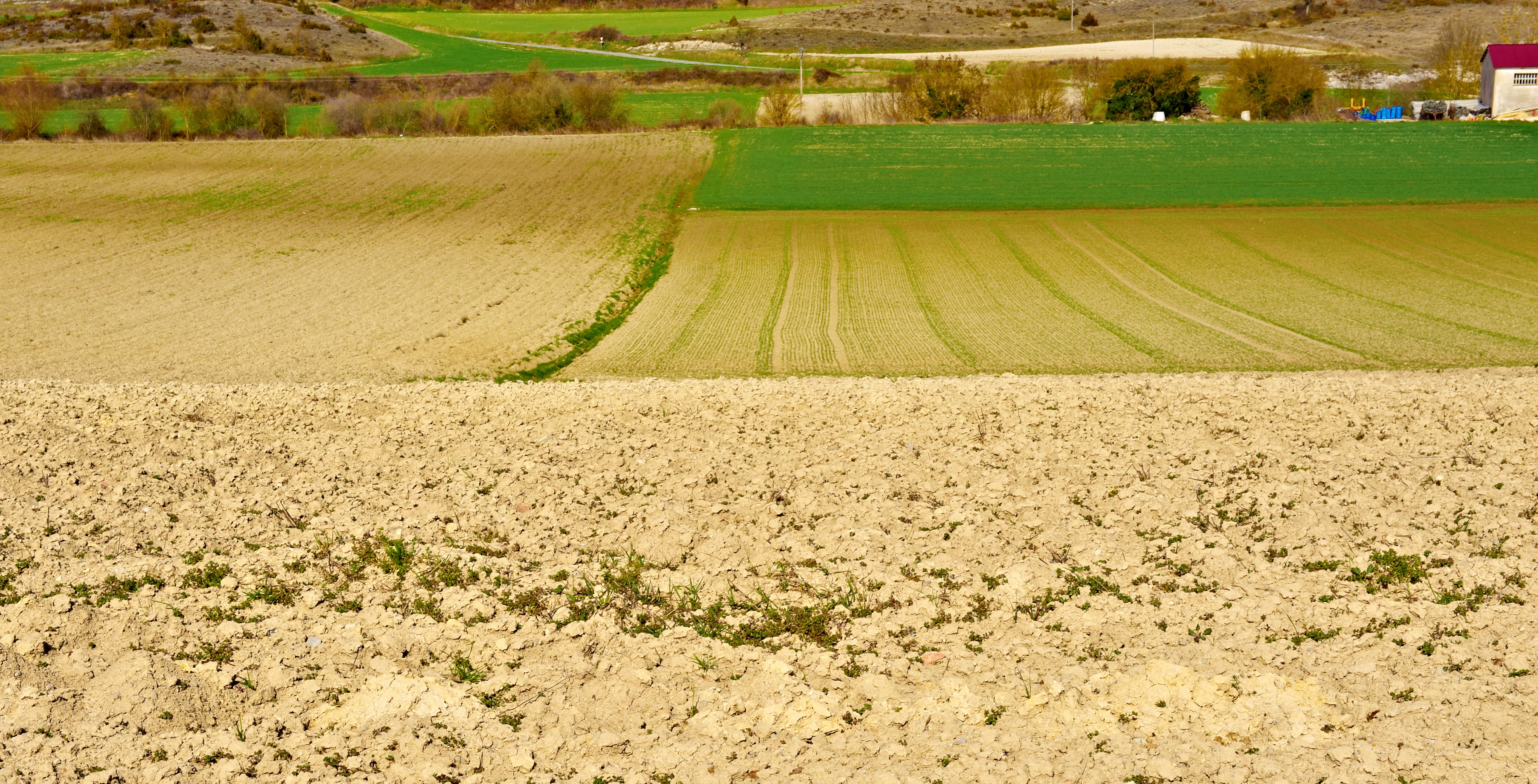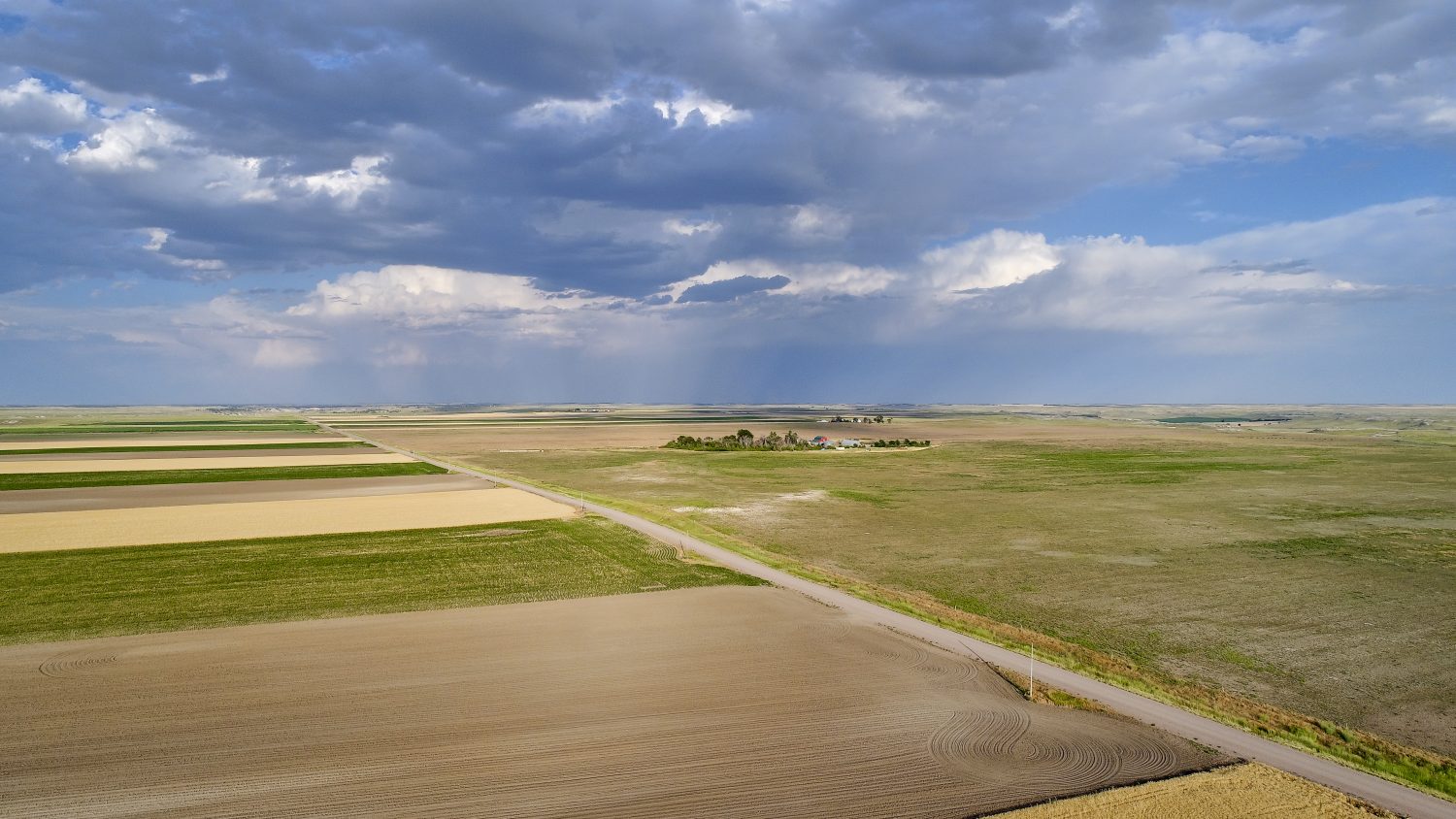fjfnewswp2324234234342018-04-19T03:50:00+00:00The proposed 25% tariff on U.S. soybean imports to China has the potential to send shockwaves through the domestic and global soybean markets. If the tariff is approved and in place for several years, U.S. farmers could be driven to reduce soybean acres, while South American farmers expand.
That's according to a recent Rabobank article, “Implications of a Potential Additional 25% Duty on U.S. Soybean Imports into China - Winning and Losing Regions Beyond the U.S. and China," written by Stefan Vogel, head of agri commodity markets and global strategies for grains and oilseeds, Rabobank, and Lief Chiang, analyst, Rabobank.
"A 25% duty on U.S. soybeans is not yet a given, but the implications would be severe," write Vogel and Chiang. "The current trade imbalance is considerably in China's favor."
That's because China's exports to the U.S. are valued at $505 billion per year"”nearly four times the $130 billion in U.S. exports to China. If all proposed duties took effect, 40% of the U.S. exports to China would be affected, but only 10% of China's exports to the U.S., according to Rabobank research.
Here's a timeline, provided by Rabobank, on how we arrived at this critical crossroads:
March 22: U.S. imposes duties on Chinese products, including 25% on steel.
March 23: China threatens to impose up to 25% duty on 128 U.S. products, including pork.
April 3: U.S. threatens to impose 25% duties on 1,300 Chinese products, worth about $50 billion in imports.
April 4: China threatens to impose an additional 25% duty on 106 U.S. products that are worth $50 billon. This includes soybeans, cotton, sorghum, wheat, beef and corn. China said it seeks a truce but would retaliate if the U.S. followed through on its proposal and that the timing will depend on the U.S. decision, which is expected in six to eight weeks.
China imports 90% of its soybean needs. Around 34% of China's soybean imports come from the U.S., which represents a $14 billion market for U.S. farmers. However, the value of U.S. grain and oilseed exports to China have fallen about 15% since 2014, and last year's soybean shipments to China were the second-lowest since 2012, Rabobank reports.
"Yet, supplying China solely with soybeans from countries other than the U.S. won't be easy," Vogel and Chiang point out. "In 2018, Brazil has limited room to increase soybean exports significantly, while Argentina's crop is drought-reduced and Argentina typically exports soy meal rather than soybeans."
China Imports of Global Soybeans
China: An additional 25% duty on U.S. soybeans will increase China's domestic soybean prices and thus also the prices of soy oil and soymeal, Rabobank reports. Chinese crushers cannot fully pass on the inflated costs downstream. As a result, higher soymeal prices will lift the production costs of livestock farming, further squeezing margins, which incentivizes changes to feed formulas to lower soymeal usage.
U.S.: For the U.S., a 25% tariff will likely mean soybean prices will fall, to compensate for the extra cost to enter the world's number one importer. Therefore, U.S. soybean acreage would decline in the coming years, while corn rises, Rabobank reports.
South America: A tariff on U.S. soybean imports into China will mean South American soybean exports to China will rise considerably boosting prices. South American pork and poultry margins will suffer from higher feed costs, but pork exports might benefit from Chinese duties on U.S. pork, Rabobank reports. As a result, South American famers will expand soybean acres.
At the Farm Gate
If this tariff goes through, it would result in a significant deterioration in cash flow for U.S. farmers, according to recent analysis from the University of Illinois and Ohio State University. (See the farmdoc daily piece, Impacts of Chinese Soybean Tariffs on Financial Position of Central Illinois Grain Farms," written by Krista Swanson, Gary Schnitkey, Todd Hubbs, Jonathan Coppess, Nick Paulson and Carl Zulauf).
The economists looked at the potential impacts of a 25% soybean tariff on an average central Illinois grain farm (1,700 acres, of which 11% is owned, 44% is share rented and 45% is cash rented). At the end of 2017, the farm has $3,780,000 in net worth, a 26.8% debt-to-asset ratio, a 1.79 current ratio, and a debt coverage ratio of 150.6%. They simulated this farm's performance from 2018 through 2021.
Three alternatives were applied in the simulation:
Lower Prices. Soybean and corn prices likely would decline as a result of the imposition of a 25% soybean tariff.
Lower Prices Plus Lower Costs. As a result of price decrease, non-land costs and cash rents likely will decrease. In addition, acreage in central Illinois and the Midwest, would switch from soybeans to corn.
Farmland Price Declines. Lower commodity prices likely will lead to lower farmland returns and lower cash rents. As a result, farmland prices would decline.
"The imposition of a 25% soybean tariff by China on U.S. soybean exports would result in a worsened financial and wealth position for the case farm examined," the economists report. "Cash rent declines would need to occur to offset some of the price declines. The 25% tariff would have larger negative impacts on farms with higher debt levels and higher amounts of cash rent. The reverse is true as well."
